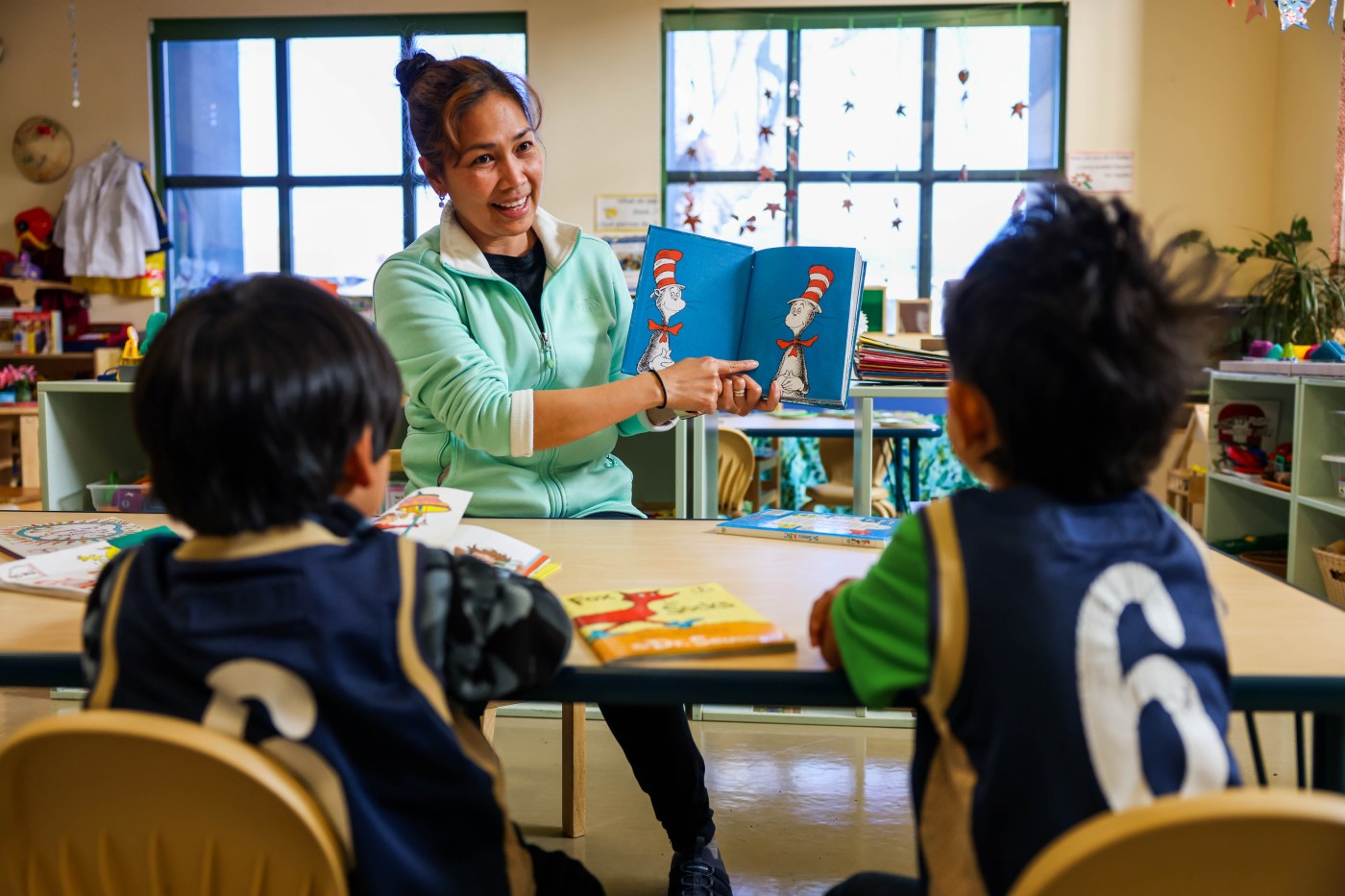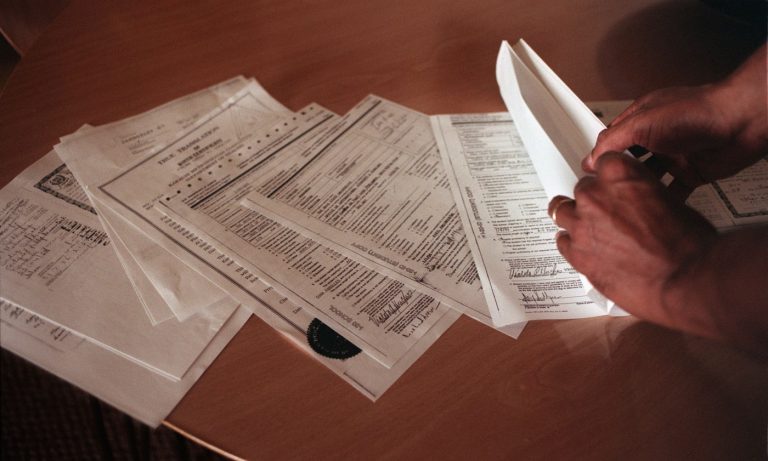RICHMOND — Maria Chavez first heard about George Miller III Children’s Center almost two decades ago when a neighbor recommended that she send her now-18-year-old daughter there for preschool. After sending all three of her children to the same program, she said her initial nervousness turned into pride that she could provide them a quality early education.
“I’m so happy it’s accessible, because as a mother who works, I can’t always give them much time, but here they prepare them so well,” Chavez said, waiting for her youngest daughter, 4-year-old Emily, to finish snack time. “Seeing how they treat my child is beautiful. The help and support we receive here is like another family.”
The George Miller III center, which currently serves 124 students, will soon celebrate its 20th anniversary; Contra Costa County officials opened the 20,000-square-foot campus on April 5, 2004. It remains the most recent Head Start site to be built in the county.
Head Start has been here since the program’s inception in 1965, helping thousands of preschool-aged children from low-income families in Contra Costa County learn, grow and get ready for school. But colorful classrooms and hands-on teachers still rely on investments from the federal government to uphold the county’s legacy as the largest provider of preschool within its borders.
County officials have until March 26 to apply for another five-year grant from the U.S. Department of Health and Human Service’s $13.1 billion budget for Head Start, which would distribute up to $29.6 million to more than a dozen sites dotted across Contra Costa County next year.
That dollar amount is the cap set by the federal government that can be requested. Roughly half of those dollars are earmarked for staff salaries and benefits in fiscal year 2025, in addition to an anticipated $7.4 million in supplemental state and county funds.
While $37 million might seem like a lot, those government infusions can currently only fund enough resources to teach roughly 2,100 children — 11% of the 18,000 children living in Contra Costa County who qualify for Head Start, which means their family income is 130% or less of the federal poverty rate.
Contra Costa County Supervisor John Gioia said that’s left a large gap in access to a program that’s been proven to help reduce intergenerational poverty, especially as children living in low-income Latino and primarily Spanish-speaking households make up a majority of the county’s Head Start enrollment, and more than 70% are in single-parent families.
“That gives you a sense of how great the need is,” Gioia said. “It’s great to have child development dollars, but the federal government needs to invest more in this program.”
California’s Head Start program is the largest in the nation, accounting for 10% of all children served and approximately 13% of total funding, according to a recent annual report from the California Department of Social Services. In 2021, more than 82,000 children were enrolled in Head Start, and the program employed over 26,800 staff and operated more than 5,000 classrooms statewide.
Related Articles
Bay Area school resource office arrested, put on administrative leave for texting minors
Former Monterey County vice principal charged with failure to report child abuse
On the heels of ‘Skittles ban,’ California moves to ban food dyes from school meals too
At this New York magnet program, kids get schooled in cannabis
Los Gatos High students experience a day in the life of working professionals
Most Head Start programs in California are run by nonprofits and school districts, but Contra Costa County’s arrangement is unique — half of its programs are run by staff within the county’s Community Services Bureau, while local nonprofits partnered with the county operate the other half. Only one site, in Concord and run by an Oakland-based organization, directly receives federal funding for its 130 slots.
In neighboring Alameda County, children can attend Head Start preschool through Kidango, the YMCA and a handful of other nonprofit organizations, in addition to one run by the city of Oakland. The Santa Clara County Office of Education handles all Head Start programming down in the South Bay, while two nonprofits, Izzi Early Education! and Peninsula Family Service, serve San Mateo County.
MJ Robb, interim director of Contra Costa County’s Community Services Bureau, said staff hopes the upcoming funding application will help expand their work, including boosting Head Start staff salaries and extending hours of operation at some centers to 12 hours a day.
Combined with Early Head Start centers, these classrooms welcome children from birth to age 5 and offer both half- and full-day schedules. Not all sites are open year-round, but the programs help families access other enriching social services off campus, such as health care and food stamps, from a host of organizations that partner with the county.
“It takes a village to raise a child, and our village is hearty,” Robb said. “The strong support of our county partners is evident in all we do, whether it be installing a new playground via public works or creating a COVID prevention plan with public health.”
While the largest number of slots for Head Start students are currently available in West Contra Costa, there’s an ongoing push to shift more opportunities further east along the county’s industrial waterfront — where the population of low-income families has grown in recent years.
But countywide, Head Start officials said the upcoming budget includes goals of increasing the number of slots so that more children can enroll, as well as creating new positions for mental health support, cleaning staff and additional comprehensive service positions. Additionally, county staff is aiming to increase salaries and benefits to not only bring in more educators but also retain the programs’ existing rosters — attempting to combat the teacher shortage that’s plagued preschools and higher education classrooms across the United States.
It’s a simple math problem: More staff means more children can join the program, which helps them to be prepared for elementary school and eases stressors at home.
“One of the advantages is that (Head Start) enables parents to work, earn a living wage and support their families, because they can feel comfortable that their child’s in a quality preschool program,” Gioia said. “Everybody deserves that access, not just wealthy people.”
Art created by kids sit next to a couple messages display during a Head Start childcare classroom at George Miller III Center in Richmond, Calif., on Friday, March 9, 2024. (Ray Chavez/Bay Area News Group)













+ There are no comments
Add yours